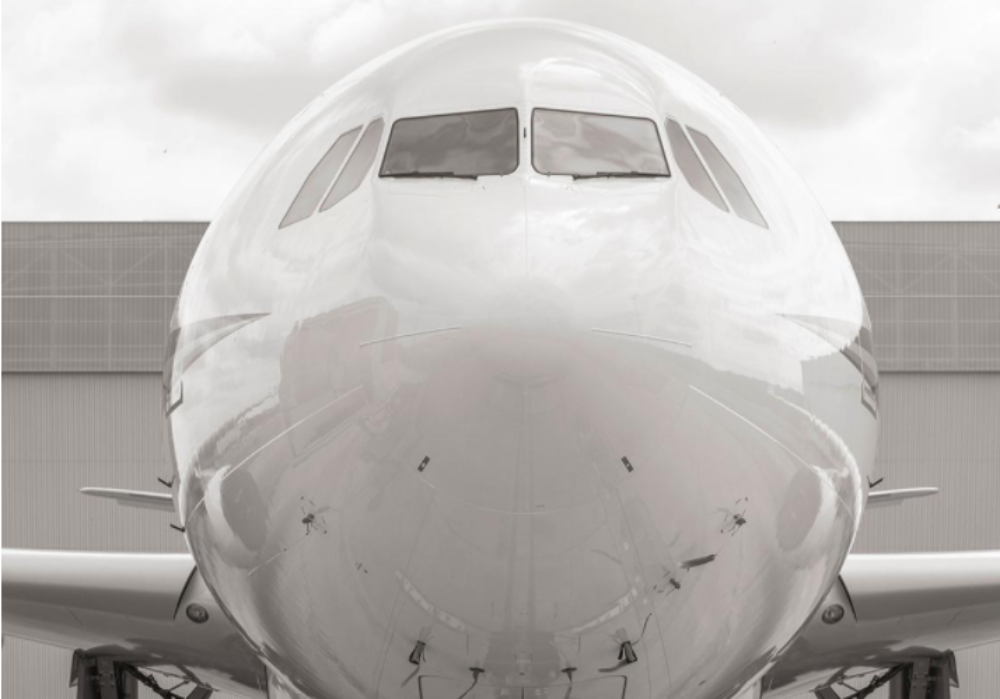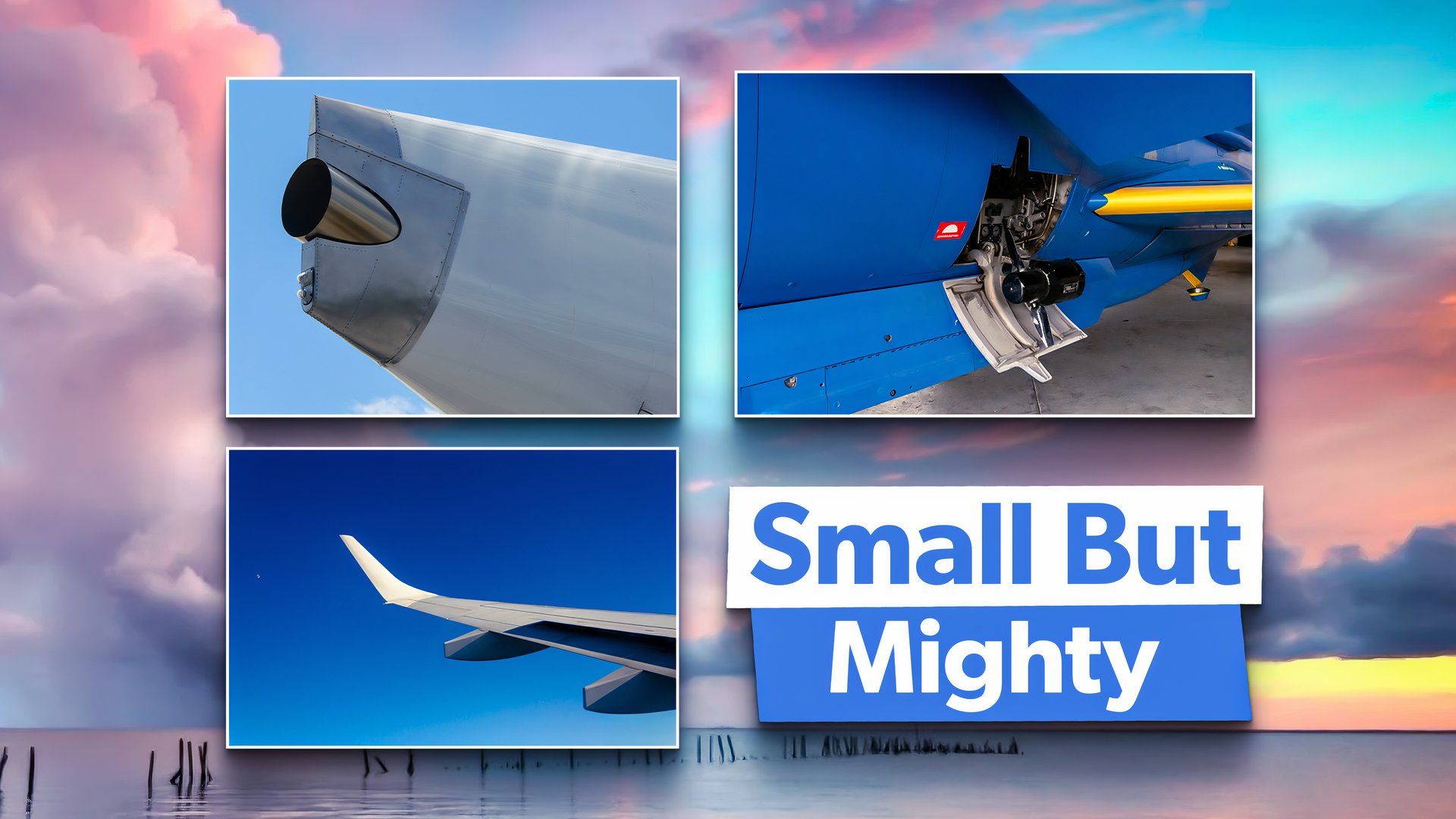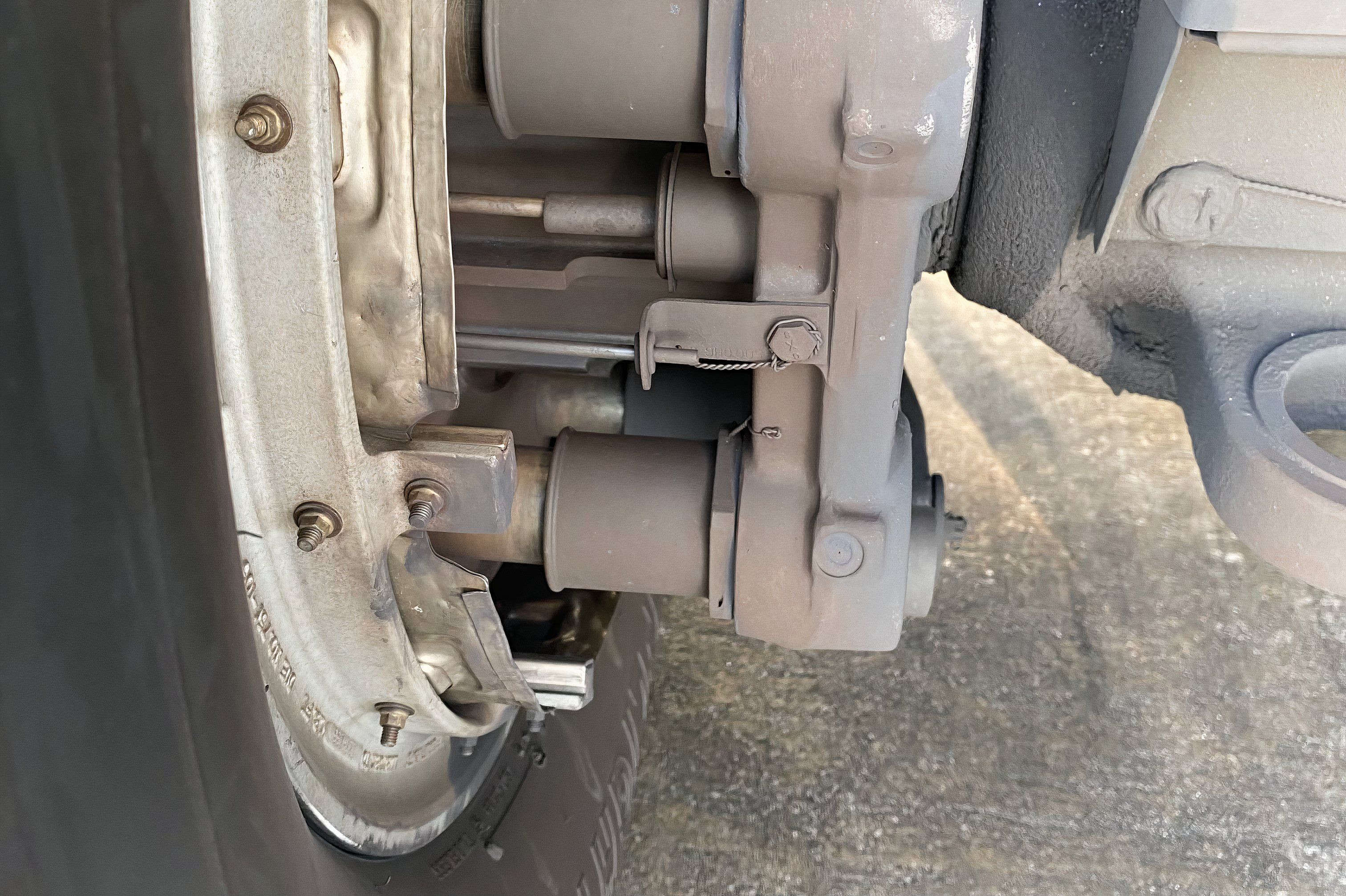Summary
- Pitot tubes, static ports, and ice detectors measure air data and aid in cabin pressure adjustments.
- Tailstrike plates detect accidental contact with the runway and retract during flight to avoid aerodynamic penalties.
- Red beacons signal when engines are running, preventing ground crew from approaching the plane.
There are millions of unique parts on a modern airliner, most of which aren’t visible. Things like windows, wings, and tires are obvious on the parts that passengers can see. This article will identify some of the less obvious parts of planes and explain their significance.
Pitot tubes, static ports, and ice detectors
Often grouped, pitot tubes and ice detectors are small protuberances that reside underneath the captain’s and first officer’s windows on most planes. All three devices are air measurement tools. The pitot tubes, shaped like prongs, face forward and measure the “ram” air. This is a measure of the relative wind pressure balanced against the ambient pressure to determine “true airspeed.” The ambient pressure reading is taken from the static port and helps the air data computer adjust for altitude. As the plane climbs, ambient pressure reduces. The opposite is true when the plane descends.
The static ports (usually round and silver) also measure the vertical speed of the plane as it climbs and descends. Not only does the data feed an important flight instrument, but it is also used to adjust the cabin pressure. In “normal” and “auto” modes, the plane’s air system can adjust the cabin pressure, and this can only be done accurately with good static air pressure. This requires multiple data sources, and many planes use static ports on the sides of the fuselage (separate from those used for flight deck instruments) to measure pressure for cabin balancing purposes.

Related
What Are Pitot Tubes And How Do They Work?
Do you know the significance of these components?
Ice probes/detectors are the last common item underneath the pilot’s windows. They are usually black or silver tubes. The probe is affixed to the end of a mounting plate and vibrates if ice accumulates on it. This vibration is sensed, alerting the pilots that the plane is in icing conditions. On planes with automatic anti-ice systems, this vibration will trigger the anti-ice system to activate.
Tailskid or tailstrike plate
Many planes, especially those longer ones with reduced ground clearance on rotation, feature tailstrike/skid plates and indicators on the aft bottom of the fuselage. Passengers have difficulty seeing these small protrusions from the terminal windows because of where they are located on the plane. The idea behind them is to absorb and detect a tailstrike, no matter how light, and alert the pilots.

Related
Explained: How Airlines Prevent Tail Strikes During Takeoff
Examining the rare circumstances that lead to tail strikes on departure.
Tailstrike devices are a heavily emphasized part of the preflight walkaround. As pilots would say, you don’t want to be in the position of accepting responsibility for someone else’s work. If a previous flight suffered a light tailstrike that went unnoticed and unannunciated, it would be caught during the next walkaround.
Most tailstrike plates are colored yellow (or another bright color), so it is obvious if any paint is missing, indicating the plate has contacted the runway. Tailstrike plates extend and retract with the landing gear. The aerodynamic penalties for an extended tailstrike plate would be noticeable over the course of a transcontinental flight, which is why they are retractable.
Red beacon
The red beacon (or rotating beacon on older GA planes) is one of the smallest but most essential installations on the fuselage. Also known as anti-collision lights, the beacon must be on whenever the engines are running, or the plane is moving under its power or by a tug. In some cases, the red beacon must be on if hydraulics are being powered for maintenance at the gate.
The beacon’s importance to the ground crew is hard to overstate. A flashing beacon means that the plane might move or engines might be powered. An operating beacon signals that the aircraft should not be approached while in the safety envelope on the ramp unless required. Ground crew aren’t permitted to approach the plane, open cargo doors, or move the jetbridge until the captain has turned the beacon off.
The beacon is usually powered on during the pushback checklist or as part of the process of releasing the parking brake for the tug driver. The beacon indicates imminent movement or engine operation. Once away from the gate, the beacon is one of the tell-tale signs of the plane taxiing across a dark airport. Though hard to believe for non-pilots, airliners are hard to spot from the rear or the side at night once away from the terminal’s lights. Stationary planes have their taxi lights off; the red beacon and green and red wingtip lights indicate a plane is in the darkness.
Brake wear indicators
One more small yet significant piece to discuss is the brake wear indicator. Located on every tire, brake wear indicators are metal pins that protrude from the brake’s housing on the inside of the brake assembly. The pin is attached to a pressure plate on the inside of the brake caliper. The pin is a fixed length but appears to retract into the assembly as the brake wears down over time. Mechanics know it’s time to replace a brake when the pin is flush with the assembly.
Photo: Jack Herstam | Simple Flying
Pilots and mechanics pay close attention to the condition of wear indicators during inspections. Changing a brake assembly is a manual process that takes over an hour and requires the plane to be jacked up and devoid of passengers. It would be a severe snafu to unload a plane full of passengers if a worn brake was found just before pushback.
Take a look!
There are so many other plane parts that could be discussed in detail, and perhaps will be the topics of future articles. Next time you’re at the airport, see if you can find an unobstructed view of a plane from the side to get a glimpse of the tailskid (if installed), beacons, and pitot tubes. As for the brake wear indicators, you might need a set of binoculars!


